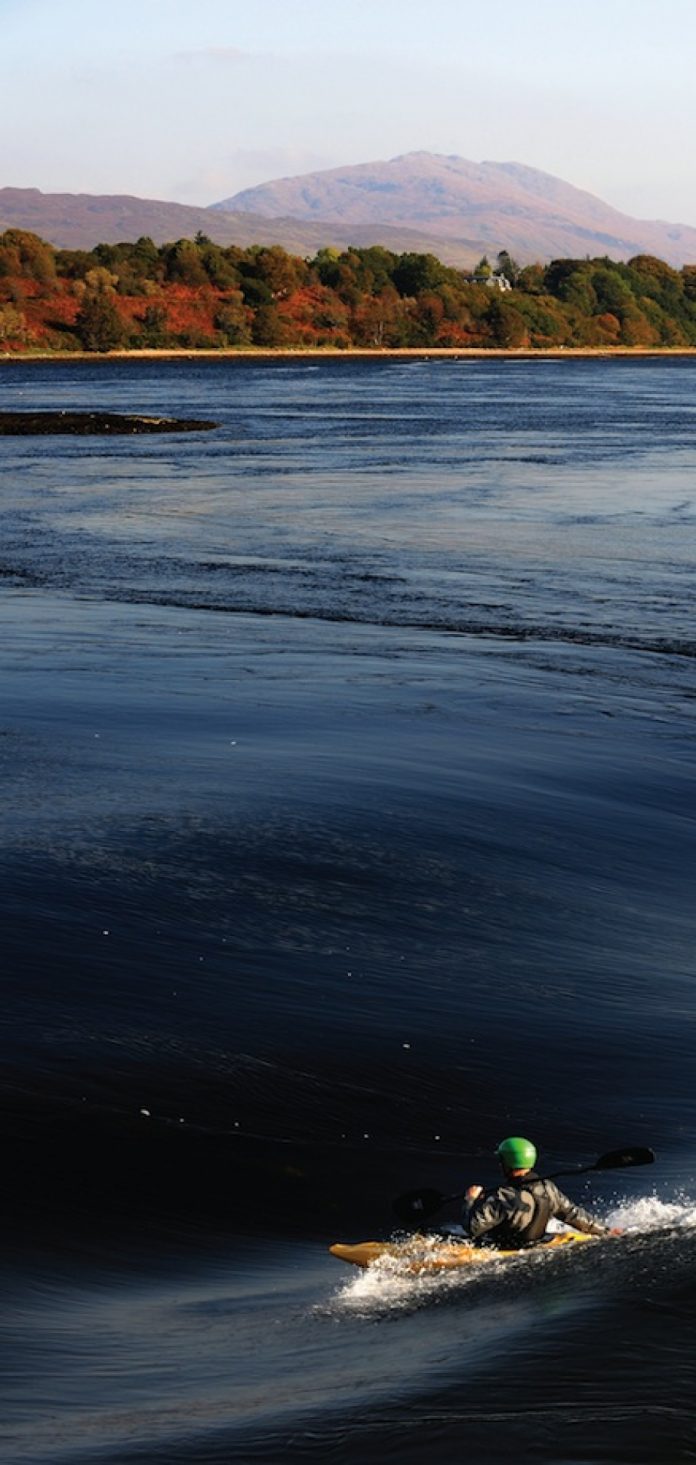Amidst the bucolic farmland and sleepy hamlets of Nova Scotia’s verdant Annapolis Valley, the Shubenacadie River plays a twice-daily game of Jekyll and Hyde. When the Bay of Fundy’s 50-foot tidal exchange is on the ebb, the Shubenacadie—or Shubie, as it’s known locally—flows sedately to the sea. But on a flood tide, the lower reaches of the Shubie transform into a rollicking whitewater run flowing upriver, the bay’s briny seawater charging between high banks of slick red clay. Nothing escapes a liberal plastering of that famous Shubie mud; even the river runs a rich, chocolatey brown.
It’s mid-September and a full harvest moon has brought the highest tides—and largest rapids—of the month. And local paddler Christopher Lockyer, owner of Committed 2 the Core Sea Kayak Coaching and organizer of the first annual Bay of Fundy Sea Kayak Symposium, has brought 10 of the global paddling community’s top coaches to experience his backyard river before the symposium kicks off. A dozen eager students have also signed up for the pre-event fun.
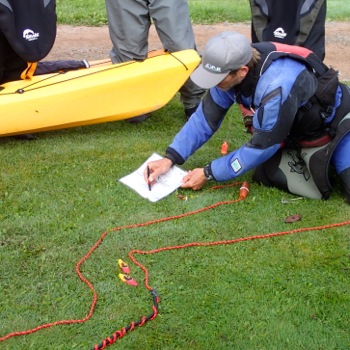 We meet in the historic village of Maitland—formerly a shipbuilding center and still home to a wealth of fine Victorian architecture—at 7:30 am, up early to put on the river before the incoming tide. I tag along with guest coaches Matt Nelson, visiting from Washington’s San Juan Islands, and Rowan Gloag, hailing from British Columbia’s Vancouver Island. We’re joined by Fernando, a local Nova Scotia paddler, and Haris, a sea kayaking instructor from Chicago. Matt is tasked with seeing us down (up?) the river safely, as well as hunting out the best play spots along the way.
We meet in the historic village of Maitland—formerly a shipbuilding center and still home to a wealth of fine Victorian architecture—at 7:30 am, up early to put on the river before the incoming tide. I tag along with guest coaches Matt Nelson, visiting from Washington’s San Juan Islands, and Rowan Gloag, hailing from British Columbia’s Vancouver Island. We’re joined by Fernando, a local Nova Scotia paddler, and Haris, a sea kayaking instructor from Chicago. Matt is tasked with seeing us down (up?) the river safely, as well as hunting out the best play spots along the way.
In the quiet stillness of the morning’s slack tide we wait expectantly, straining to spot the vague ripple on the horizon that signals a coming tidal bore. After an hour of anticipation and holding position against a weakening ebb, the current turns almost imperceptibly, then begins to pick up speed.
The bore—a river-wide, surfable wave that pushes upriver, reaching up to 10 feet high and promising 10- or even 20-minute-long rides—never materializes. Formation of the Shubie tidal bore requires a specific alchemy of factors, including tidal exchange, river volume, wind speed and direction, and the depth and width of the channel at the river’s mouth on Cobequid Bay—it’s by no means a sure thing. But that doesn’t mean there’s nothing to play.
Wave sets soon develop over underwater sandbars and at constrictions, the features building and flooding out with the rising tide. Imagine watching the daily transformation of a snowmelt or glacier-fed river on super fast-forward. Rides are as fleeting as the features themselves, and we chase Matt around the wide, lumpy channel of the Shubie like hounds on a scent. He seems to have an uncanny sense of where the next wave set will materialize, rising from the coffee-colored water like a surfacing sea serpent.
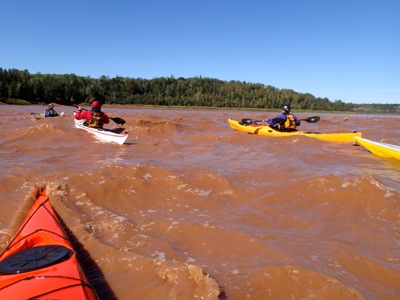 The day’s best rides are had in the “Killer K” upstream of a bluff known as the Nose. Actually, relative to the sea, this kilometer-long wave train is downriver from the Nose, but directions on the Shubie change with context. “Yeah, it’s a bit confusing,” Matt admits, “just think of the river in relation to the prevailing current.”
The day’s best rides are had in the “Killer K” upstream of a bluff known as the Nose. Actually, relative to the sea, this kilometer-long wave train is downriver from the Nose, but directions on the Shubie change with context. “Yeah, it’s a bit confusing,” Matt admits, “just think of the river in relation to the prevailing current.”
Haris scores a dream surf—nearly a minute of carving gracefully on the glassy leading wave. Fernando executes a combat roll amidst the exploding haystacks. I fall down a four-foot face, sliding into a muddy trough as the Shubie crashes playfully across my shoulders. For a moment, I view the world through a barrel of this strange, salty river and feel as though I’m surfing through one of those TV commercial swirls of molten chocolate.
Our paddle ends after four hours, but we’ll be reliving the ride for days to come. Now a week later, I still have an unslakable craving for chocolate milk.
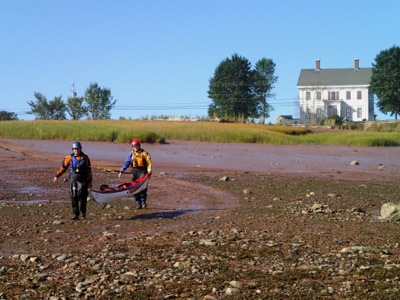
Info
Committed 2 the Core Sea Kayak Coaching, www.committed2thecore.com
Shubie tidal bore sessions are offered throughout the paddling season. Visit the website or contact Christopher Lockyer for 2014 dates. (902) 305-0051
Read all about the Bay of Fundy Sea Kayak Symposium and paddling in Nova Scotia in the next issue of Adventure Kayak, Spring 2014. Download our free iPad/iPhone/iPod Touch App or Android App or read it here.



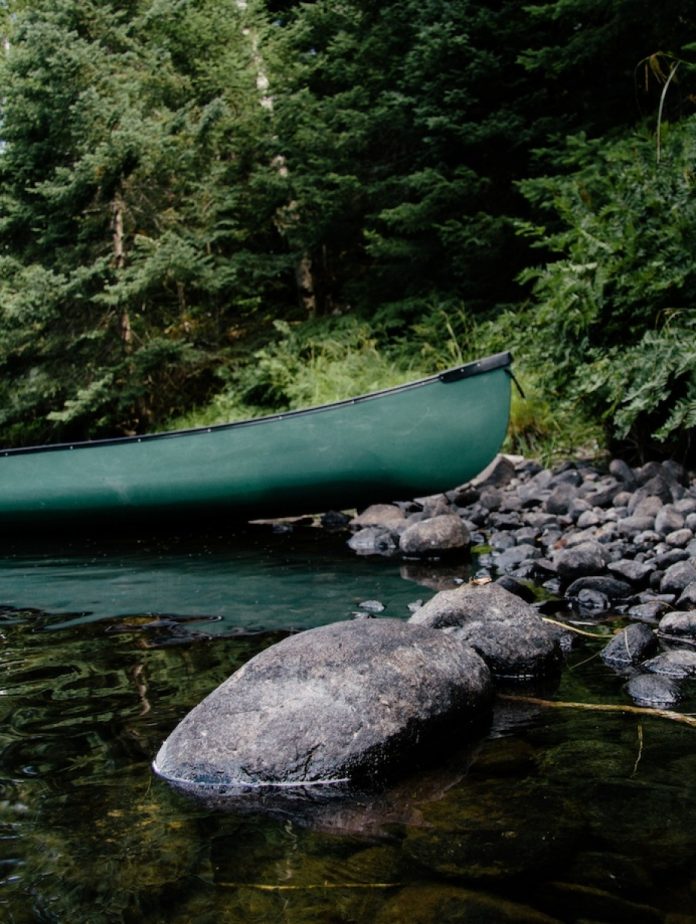
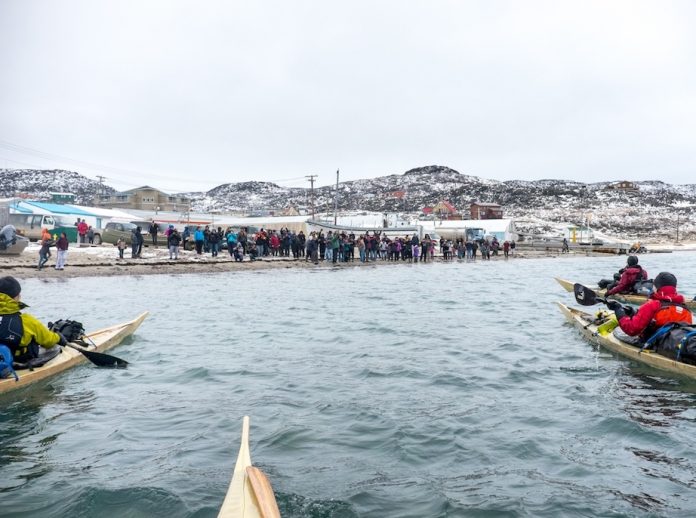
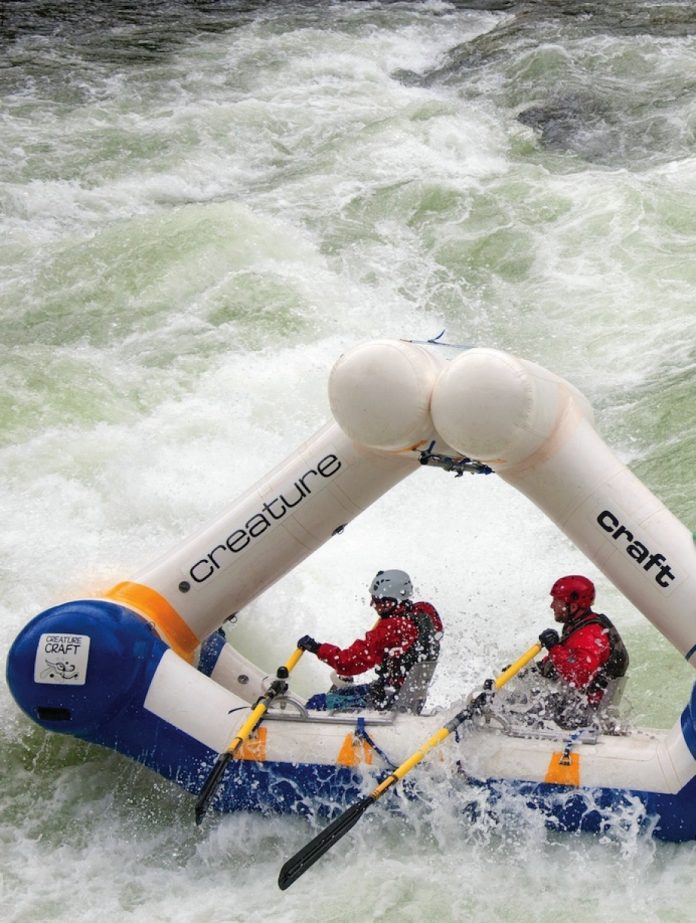
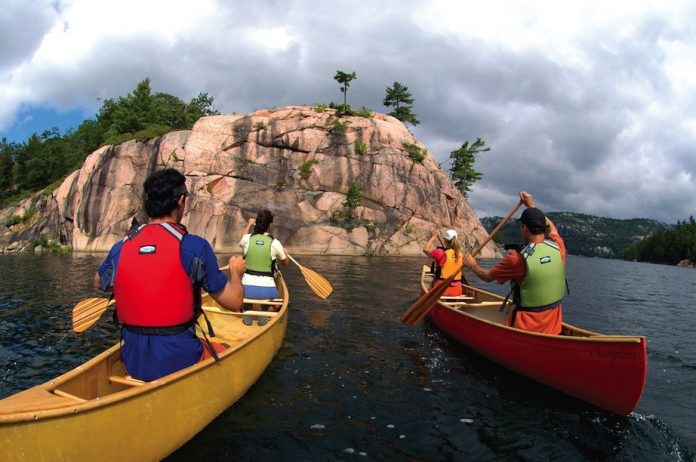
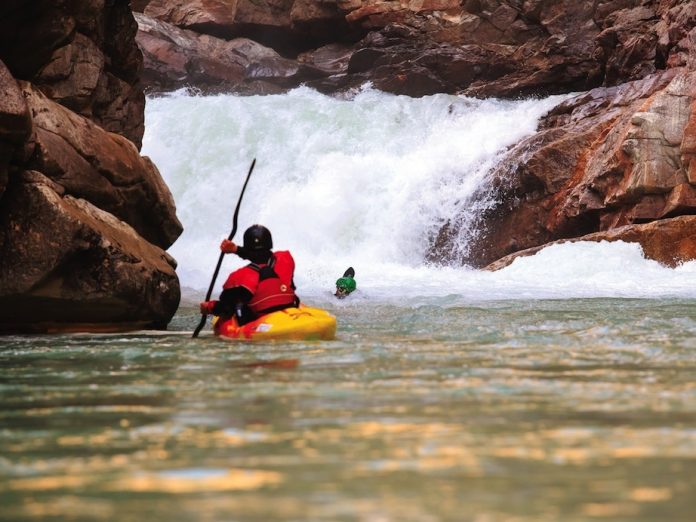
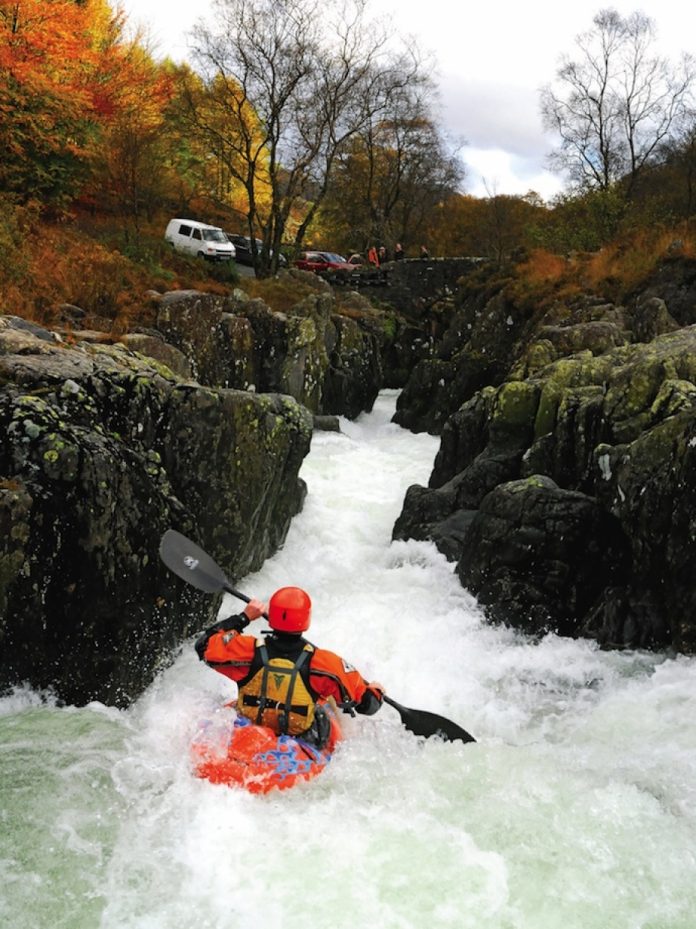
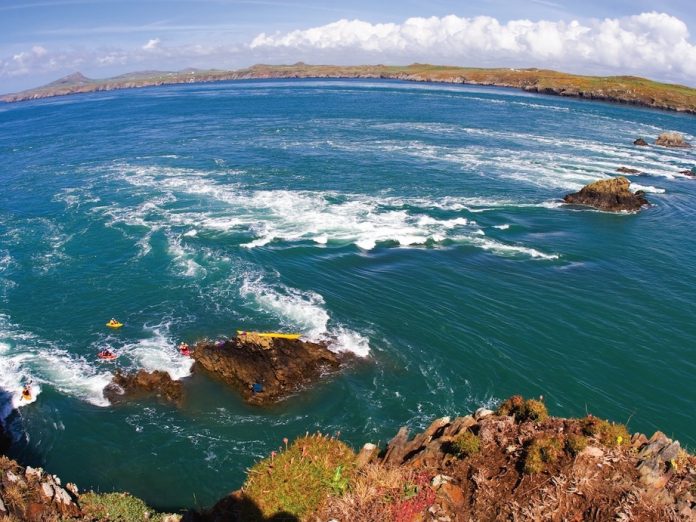
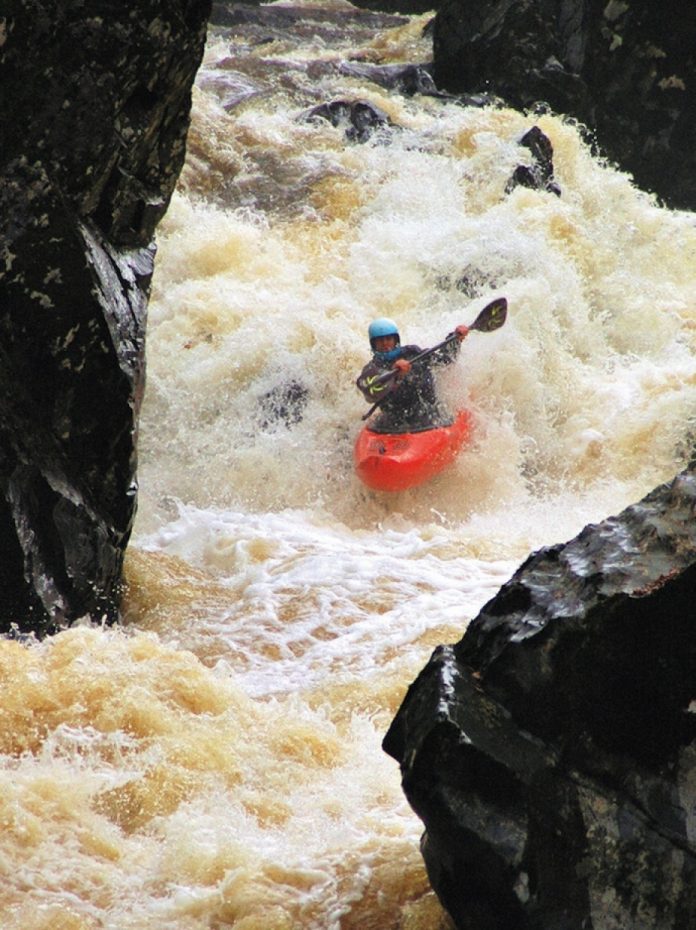
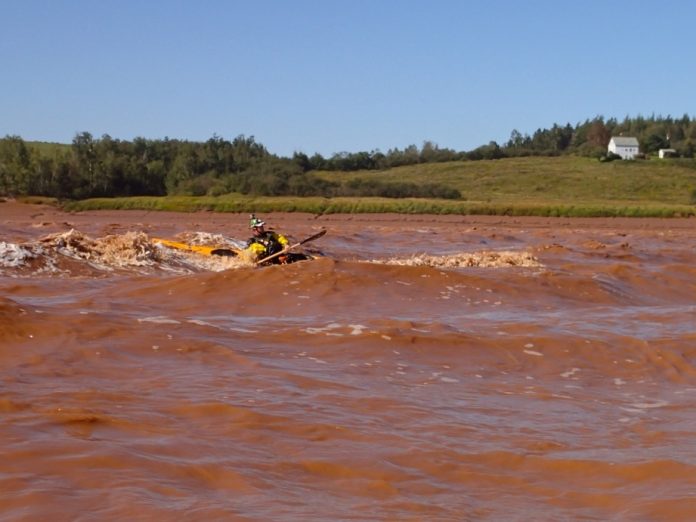
 We meet in the historic village of Maitland—formerly a shipbuilding center and still home to a wealth of fine Victorian architecture—at 7:30 am, up early to put on the river before the incoming tide. I tag along with guest coaches Matt Nelson, visiting from Washington’s San Juan Islands, and Rowan Gloag, hailing from British Columbia’s Vancouver Island. We’re joined by Fernando, a local Nova Scotia paddler, and Haris, a sea kayaking instructor from Chicago. Matt is tasked with seeing us down (up?) the river safely, as well as hunting out the best play spots along the way.
We meet in the historic village of Maitland—formerly a shipbuilding center and still home to a wealth of fine Victorian architecture—at 7:30 am, up early to put on the river before the incoming tide. I tag along with guest coaches Matt Nelson, visiting from Washington’s San Juan Islands, and Rowan Gloag, hailing from British Columbia’s Vancouver Island. We’re joined by Fernando, a local Nova Scotia paddler, and Haris, a sea kayaking instructor from Chicago. Matt is tasked with seeing us down (up?) the river safely, as well as hunting out the best play spots along the way. The day’s best rides are had in the “Killer K” upstream of a bluff known as the Nose. Actually, relative to the sea, this kilometer-long wave train is downriver from the Nose, but directions on the Shubie change with context. “Yeah, it’s a bit confusing,” Matt admits, “just think of the river in relation to the prevailing current.”
The day’s best rides are had in the “Killer K” upstream of a bluff known as the Nose. Actually, relative to the sea, this kilometer-long wave train is downriver from the Nose, but directions on the Shubie change with context. “Yeah, it’s a bit confusing,” Matt admits, “just think of the river in relation to the prevailing current.”
